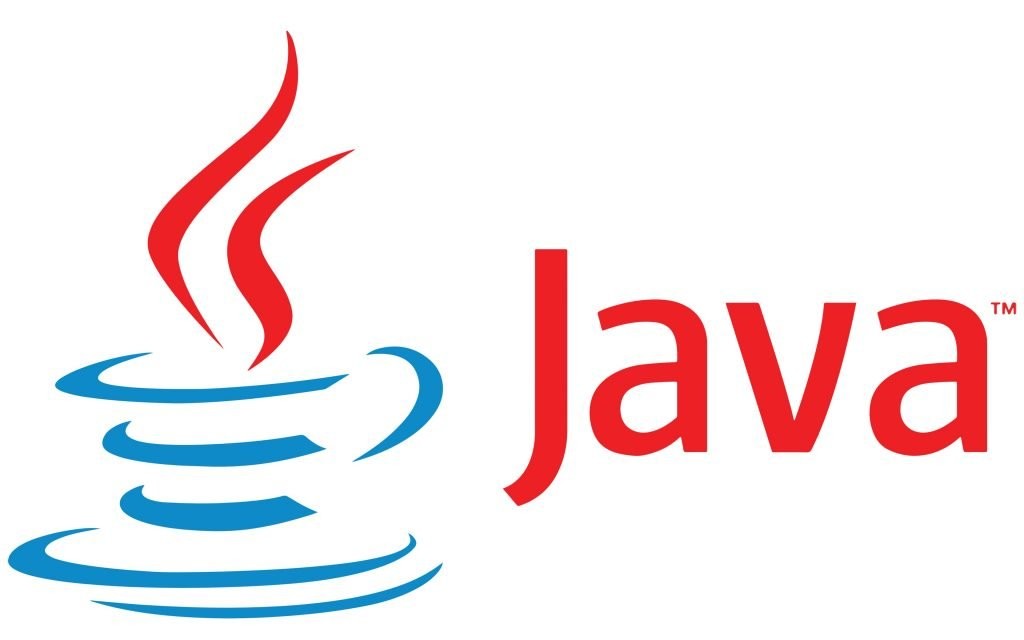Last Updated on June 6, 2024
Software Architecture patterns are constantly evolving and multiple Java architecture patterns can be utilized to improve quality and speed up the development of software systems.
They are universal solution for common and recurring architectural problems and display a template that is applicable to various designs.
There have been many software architectural patterns in the short and rapidly changing software design history. The earliest software architectural patterns emerged in the late 1960s and early 1970s, driven by the need to develop and manage increasingly complex software systems.
Early architectural patterns like Client-Server, Layered, MVC, Master-Slave, Peer-to-Peer, and N-tier emphasized core principles like modularity, separation of concerns, and data abstraction. These patterns provided a crucial foundation for building well-structured, maintainable, and scalable software applications.
In this article we will analyze some of the emerging modern architecture patterns that provide improvement of the quality of modern software systems.
Analysis provides Java architecture patterns perspective to each architecture with its mature ecosystem, multithreading capabilities, concurrency utilities and vast array of data structures and collections implementation plays important role in designing large scale systems.
Event Driven Architecture
An Event Driven Architecture (EDA) focuses on events as the primary means of communication, allowing for loosely coupled and asynchronous processing.
Events are triggering actions and propagate communication across the system. Each component emits a specific set of events and each component responds to a specific set of events.
Java plays a crucial role in EDA large scale systems due to its inherent strengths and the vast ecosystem of libraries and frameworks available, such as:
- Apache Kafka – can act as a centralized event broker and facilitator of efficient communication between event producers and consumers
- Spring Cloud Stream – simplifies and streamlines the implementation of event-driven applications on the Spring Boot platform. It acts as a bridge between Spring applications and event brokers like Apache Kafka.
- Akka Streams – complements the event broker (like Apache Kafka) by focusing on the stream processing aspect of EDA, allowing you to transform, analyze, and react to event streams in real-time.
- Apache Camel – acts as both a powerful event router and an integrator for diverse elements in stream sources and destinations
Microservices Architecture
Microservices architecture is a software development approach where an application is built as a collection of small, independent, and loosely coupled services. Each service is responsible for a specific domain or functionality, and they communicate with each other through APIs.
This architecture consists of small and loose coupled autonomous services, providing independent development and deployment from other parts of the system.
Each service can be implemented in different technologies and managed by a small independent team..
However this architecture brings challenges in terms of increased complexity, platform overhead, debugging difficulty, data consistency and integrity
Java boasts a rich ecosystem of libraries and frameworks specifically designed for microservices development in large scale systems, such as:
- Spring Boot: A framework for building lightweight and self-contained microservices with minimal configuration.
- Micronaut: An ultra-fast framework for building JVM-based microservices with high performance and low resource consumption.
- Quarkus: A Kubernetes-native framework for building container-optimized microservices with efficient resource utilization.
- Apache Dubbo: A high-performance RPC framework for building distributed microservices with efficient remote communication.
Serverless Architecture
Serverless architecture is a software design approach where applications are built and deployed without having to manage the underlying servers. Instead, developers focus on writing code and the cloud provider takes care of provisioning, scaling, and managing the servers needed to run the code.
This architecture has reduced complexity compared to others, due to not having to manage servers making it easier to focus on building and deploying applications.
Applications are developed as small, independent functions that are executed on demand.This is possible because a platform called Function as a service(Fas) is delivered.
Functions(applications) can automatically scale up and down based on demand, ensuring that you always have the resources you need.
Those characteristics make this architecture a popular choice for data pipelines from various sources (IoT sensors, marketing data…) that are scalable and cost effective.
But also asynchronous, concurrent, infrequent, in sporadic demand applications benefit from serverless architecture
Java frameworks that are specifically designed for serverless development:
- Spring Cloud Function: Bridges the gap between the Spring ecosystem and serverless platforms like AWS Lambda, Google Cloud Functions, and Azure Functions. It provides abstraction from vendor APIs, leverages Spring Boot features, functions lifecycle management, testing and debugging.
- Micronaut Serverless: Similarly bridges the gap to serverless platforms and empowers developers to build highly efficient, scalable, and reactive serverless functions using the familiar tools and patterns of the Micronaut framework. It minimizes cold start times by utilizing native server capabilities and code analysis to eagerly load required classes.
- Quarkus Serverless: It provides adapters for various serverless platforms like AWS Lambda, Azure Functions, and Google Cloud Functions. It brings the key advantages of Quarkus to serverless, including fast startup times, minimal memory footprint, and native image compilation. This translates to cost-efficient, highly responsive, and scalable serverless functions
- Apache OpenWhisk: Developed by IBM in 2014, OpenWhisk was one of the first serverless platforms to gain traction, pushing the boundaries of serverless functionality and paving the way for other solutions. OpenWhisk functions are packaged as Docker containers, enabling deployment across diverse platforms and cloud environments. This fosters portability and flexibility, allowing developers to choose the deployment infrastructure that best suits their needs.
Cloud Native Architecture
Cloud-native architecture is a software design approach that leverages the unique capabilities of cloud computing to build and run applications. It prioritizes the advantages of the cloud computing model, such as scalability, elasticity, and resilience, to create modern, flexible, and efficient applications.
Practice called containerization played a crucial role in the development cloud-native architectural principles.
Containerization is a process that packages an application’s code, runtime environment, dependencies, and libraries into a standardized unit called a container. This is a process that helps the developers continuously deliver the applications as small independent units.
Continuous integration and continuous delivery (CI/CD) is another practice that plays an important role, providing automated pipelines to manage the development and deployment process, allowing for frequent releases and faster feedback loops.
With tools like Terraform, it is possible to define infrastructure as a code in configuration files and it greatly simplifies and speeds up infrastructure reconstruction.
Once an infrastructure component or application version is deployed, it’s never modified directly. Instead, any updates or changes involve deploying a whole new version, leaving the original untouched.
This way of doing things is called the Immutability principle and it provides important things in speeding up the development process such as: reproducibility, simplified management, reliability, scalability, elasticity and faster deployments.
The Cloud Native Computing Foundation (CNCF) is a leading organization in the cloud native ecosystem. Founded in 2015, it’s a non-profit organization that fosters open-source projects and best practices for building and running cloud-native applications. Some of its well-known projects include Kubernetes, Prometheus, Envoy, and Jaeger.
Read article: Cloud Native Computing Foundation: An Overview
Despite the rise of newer languages, Java still plays a significant role in cloud native architecture, especially in enterprise applications.
Java applications can be easily containerized using Docker and deployed on container orchestration platforms like kubernetes and tools like Jenkins and Maven integrate seamlessly with Java projects, enabling continuous integration and delivery workflows in large scale systems.
Reactive Architecture
Reactive software architecture is a style of software development that emphasizes responsiveness, elasticity, resilience, and message-driven communication for building highly responsive, resilient, and scalable applications, particularly suited for cloud-native environments for distributed systems that deal with a large volume of data and high concurrency.
It takes inspiration from reactive programming concepts to create systems that can adapt to changes in demand and data quickly and efficiently.
Tools Bringing Reactivity to the Java world:
- Project Reactor and Spring WebFlux – powerful libraries for building reactive applications in Java. Adhering to the Reactive Streams specification, ensure compatibility with other reactive libraries and frameworks across different languages
- RxJava – the core concept revolves around Observables (data streams) and Observers (listeners) that subscribe to those streams. This asynchronous communication empowers decoupled and responsive systems.
- Spring Cloud Gateway leverages reactive principles to build scalable and performant API gateways for Java applications.
.
Conclusion
Event-driven and reactive architectures we can characterize with regards to Data Flow, as they are concerned how data flows within or between systems. Event-driven architecture reacts to discrete events with targeted workflows, while reactive architecture continuously processes data streams in a non-blocking, responsive manner.
Both prioritize efficient data flow but differ in their granularity and reaction approach.
Cloud native and serverless can be characterized with regards to Way of Deployment. Both approaches share a concern for efficient resource utilization and flexible deployments, though they achieve it through different strategies
While cloud native focuses on building and running applications optimized for cloud environments, serverless abstracts away infrastructure management through event-driven, function-based execution.
While we’ve explored common architectures, real-world systems often combine techniques from various approaches to suit specific needs.
For example, a microservices-based application might utilize an event-driven approach for communication and reactive way of communicating with edge or external services.
This adaptability fosters innovative solutions.
Perhaps the most valuable approach lies in choosing the right tools and techniques for the specific problem at hand, regardless of traditional architecture categories.
With its mature ecosystem, multithreading capabilities, concurrency utilities and vast array of data structures and collections implementation plays an important role in designing modern software architectures.

